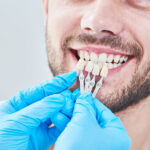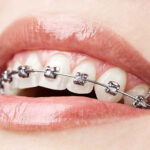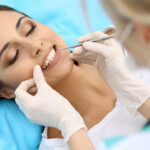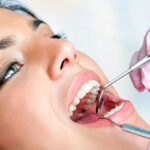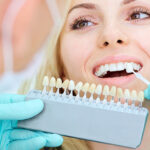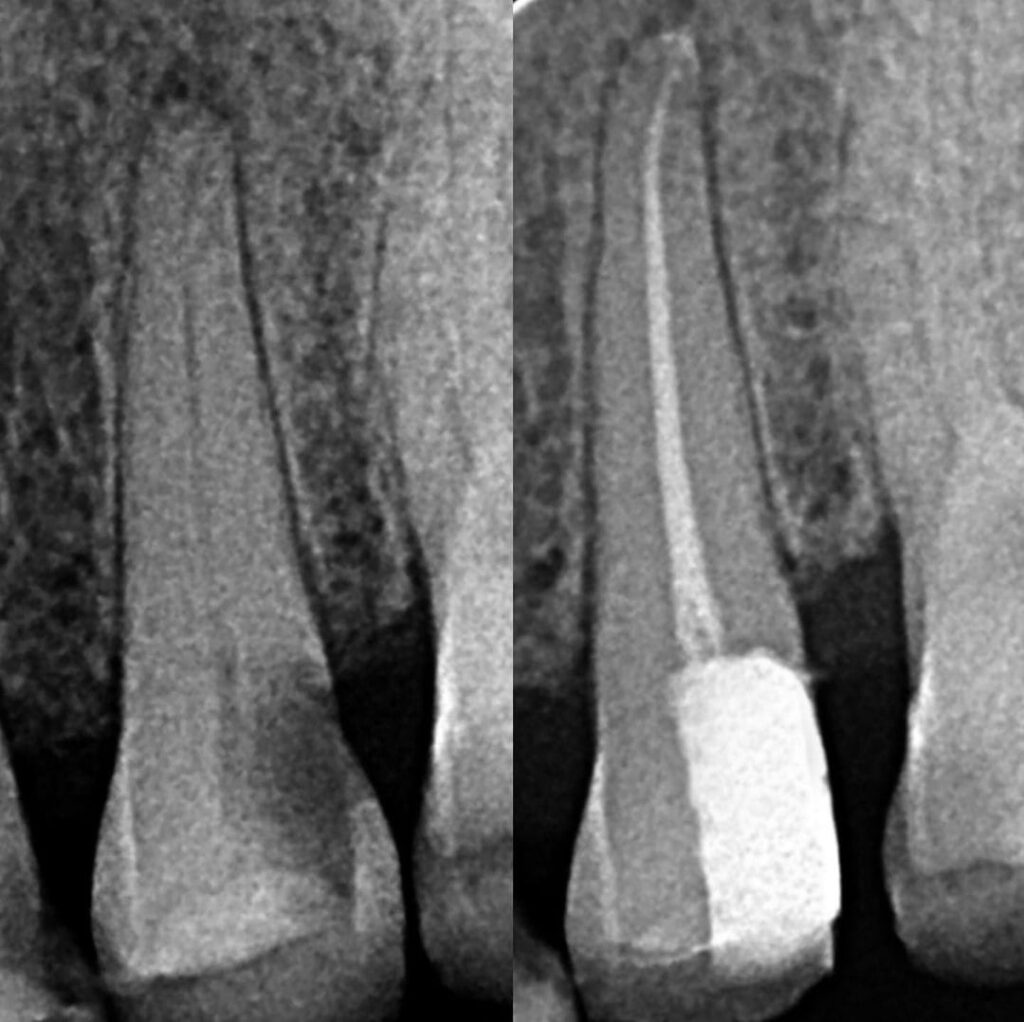
Dental digital radiology
Dental digital radiology is a modern diagnostic imaging technique that uses digital X-ray sensors to capture detailed images of a patient’s teeth and jawbone. It is a non-invasive and painless way to obtain high-quality images that can be used to diagnose dental problems, such as cavities, gum disease, impacted teeth, and bone loss.
Digital radiography offers several advantages over traditional film X-rays, including
Faster results
Digital X-rays can be processed in a matter of seconds, allowing dentists to view images almost immediately.
Lower radiation exposure
Digital radiography uses up to 90% less radiation than traditional film X-rays, making it safer for patients.
Improved image quality
Digital X-rays produce high-resolution images that can be enhanced and manipulated to help dentists identify problems more accurately.
Environmentally friendly
Digital radiography does not require the use of chemicals or film processing, reducing waste and pollution.
Overall, dental digital radiology is a safe, efficient, and effective way to diagnose dental problems and provide patients with the best possible care.
Frequently Ask Questions (FAQ) -
Do you have questions about our dental digital radiology? We’re here to help! Check out the answers to some of most frequently asked questions.
What is dental digital radiology?
How does dental digital radiology work?
What are the advantages of dental digital radiology over traditional X-rays?
Is dental digital radiology safe?
Can digital radiographs be printed?
Are digital X-rays more expensive than traditional X-rays?
Can digital radiographs be sent to other dental professionals or specialists?
At Neolife Dental and Children Hospital, we provide the most comprehensive dental services to our clients inclucing dental digital radiology. At Neolife Dental and Children Hospital, our dentist believe in providing you with the best oral healthcare in town. Book an appointment with Dr Monalisa Jain today.




